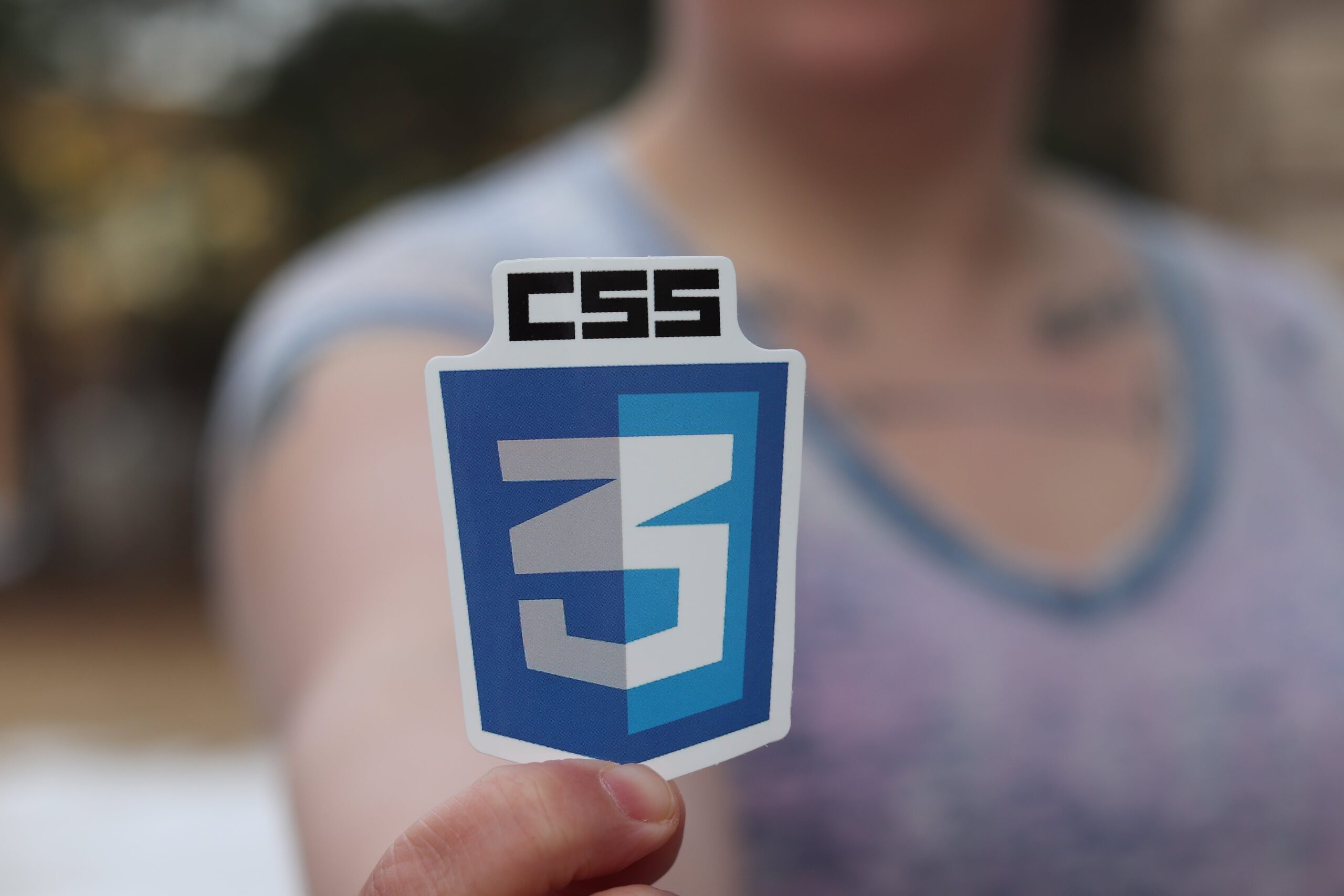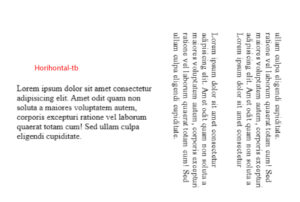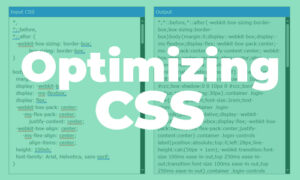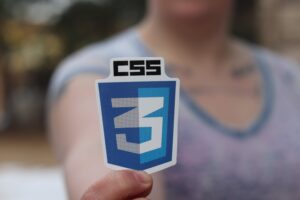Outline of the Article
- Introduction to CSS Functions
- Brief overview of CSS functions
- Understanding :where() Function
- Explanation of the :where() function
- Syntax and examples
- Exploring :is() Function
- Explanation of the :is() function
- Syntax and examples
- Differences Between :where() and :is()
- Contrasting the functionalities of both functions
- Use Cases and Scenarios
- Practical applications of :where() and :is() functions
- Enhancing Selectors with :where() and :is()
- How these functions improve selector capabilities
- Compatibility and Browser Support
- Insights into browser compatibility for these CSS functions
- Best Practices and Tips
- Tips for effective use of :where() and :is() functions
- Case Studies
- Real-world examples demonstrating the usage of these functions
- Benefits and Advantages
- The advantages offered by :where() and :is() functions
- Common Mistakes and Errors
- Potential errors and how to avoid them
- Future Trends and Developments
- Potential advancements in CSS functions
- Conclusion

CSS Magic: Explore the Secrets of :where() and :is() Functions
CSS Magic: Explore the Secrets of :where() and :is(). Cascading Style Sheets, is an essential language used for defining the presentation of a document written in markup languages like HTML. It includes various functions that play a crucial role in styling web elements. Two such notable functions are :where() and :is().
Understanding :where() Function
The :where() CSS pseudo-class function is a powerful selector that allows developers to group multiple selectors together. It simplifies code by applying the same styles to elements that match any of the given selectors within its parentheses.
The syntax of :where() is straightforward:
:where(selector1, selector2, selector3) {
/* CSS styles */
}
For instance, consider the following example:
:where(p, .class-name) {
color: blue;
}
This will apply the color blue to all <p> elements and elements with the class .class-name.
Exploring :is() Function
On the other hand, the :is() function is similar to :where() but allows specifying multiple selectors in a more concise manner. It simplifies code readability by specifying selectors separated by commas within the parentheses.
The syntax of :is() is as follows:
:is(selector1, selector2, selector3) {
/* CSS styles */
}
For example:
:is(h1, h2, h3) {
font-weight: bold;
}
This will make all <h1>, <h2>, and <h3> headings bold.
Differences Between :where() and :is()
While both functions share similarities, they serve slightly different purposes. The primary distinction lies in their syntax and how they handle selectors.
Use Cases and Scenarios
These functions are particularly useful in complex CSS scenarios where multiple selectors need to have the same styles applied. They help streamline code and enhance readability.
Enhancing Selectors with :where() and :is()
By using these functions, selectors become more efficient and easier to manage. They provide a cleaner way to apply styles across various elements on a web page.
Compatibility and Browser Support
It’s essential to note that while these functions offer tremendous benefits, their browser support may vary. Always check for compatibility before implementing them.
Best Practices and Tips
To maximize the utility of :where() and :is() functions, follow best practices such as grouping similar selectors and optimizing code readability.
Case Studies
Let’s explore a practical example: Consider a website where different headings and paragraphs need a uniform style. By using :where() or :is(), you can easily define styles for these elements.
Benefits and Advantages
The advantages of using these functions include cleaner code structure, enhanced maintainability, and streamlined CSS implementation.
Common Mistakes and Errors
Misusing these functions or not understanding their nuances can lead to errors. Avoid common mistakes by thoroughly understanding their usage.
Future Trends and Developments
As CSS evolves, functions like :where() and :is() are likely to become more prominent. Stay updated with advancements in CSS technology.
Conclusion
In conclusion, the :where() and :is() functions in CSS are powerful tools that simplify styling by allowing developers to apply styles efficiently across multiple selectors. Understanding their syntax, differences, and best practices can significantly enhance your CSS workflow.
FAQs
- What is the main difference between :where() and :is() functions in CSS?
- The main difference lies in their syntax and how they handle selectors. :where() groups selectors together, while :is() offers a more concise way to specify multiple selectors.
- Are :where() and :is() widely supported across all browsers?
- While these functions have good support in modern browsers, it’s essential to check compatibility for older browser versions.
- Can :where() and :is() functions be nested within each other?
- Yes, these functions can be nested to create more complex selector combinations.
- Are there any performance considerations when using :where() and :is() functions extensively?
- Using these functions efficiently can optimize code readability, but excessive use may impact performance. It’s advisable to use them judiciously.
- How can beginners best utilize :where() and :is() functions in their CSS code?
- Beginners should start by understanding the syntax and experiment with simple selector combinations. Practice and experimentation are key to mastering these functions.








